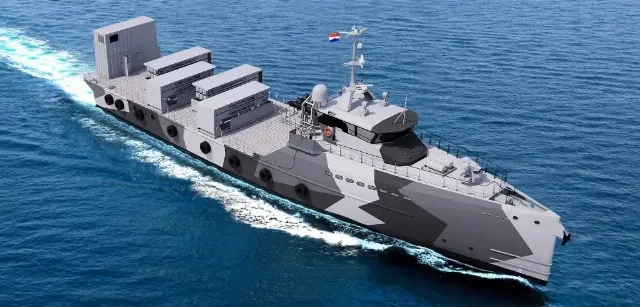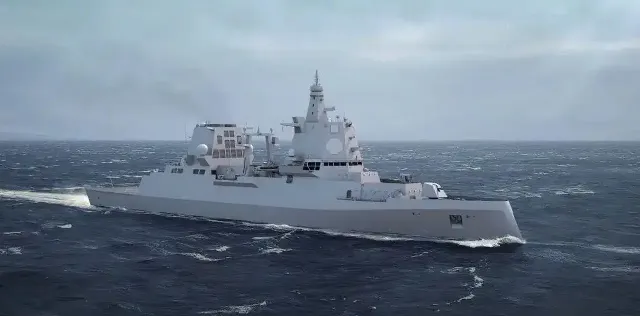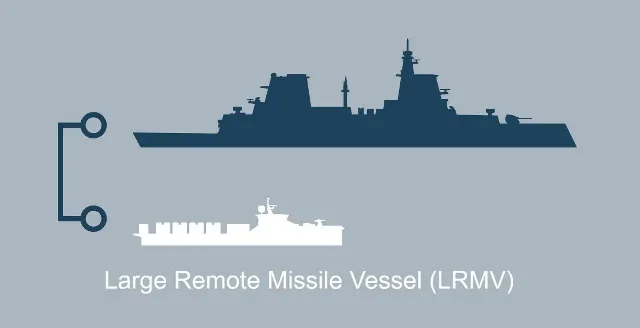 Illustrative photo
Illustrative photoThe German Navy intends to radically upgrade the combat strength of the fleet, relying on unmanned attack vehicles. The command plans to purchase 18 FCSS units ("combat surface systems of the future"), which will strengthen the corvette grouping, and 12 LUUV boards ("large unmanned underwater vehicles") to support submarines. Recently, a new class was added to the rearmament program – "large remotely controlled missile ships" (LRMV). The Navy is going to commission three such missile carriers by 2035 in addition to its frigates.
As indicated in the German edition of Hartpunkt, citing sources, LRMVS will be used as arsenals equipped with numerous military-industrial complexes. It is possible that the possibility of crew accommodation will be provided. Apparently, the plans are at an early stage of development, so the details of the displacement and number of launchers, apparently, have not yet been finalized.
A similar project is being considered by the Dutch Navy, which plans to commission unmanned MSS arsenal ships ("multifunctional support ships") for their use in the North Sea, which will also perform patrol functions. At the same time, the German LRMV ships are intended for deployment in the Atlantic. Since more severe weather conditions prevail there, this is likely to affect their design, for example, their size and seaworthiness.
 Dutch MSS project
Dutch MSS projectAccording to sources, the German arsenal ships will be designed primarily for air defense, up to missile defense, being equipped with such missiles as SM-2 or SM-6. Sensors from third-party ships will be used for targeting, for example, advanced Type F127 frigates specifically designed for air defense and missile defense. The relevant data will be transmitted via satellite communication, which will eliminate the need for the "gunner" ship to be nearby.
 The F127 frigate concept
The F127 frigate conceptLRMVS will also receive weapons for self-defense, although probably only to a very limited extent. In addition to air defense, the main task of the LRMV will be to strike at naval targets. Weapons for this task may include Tomahawk cruise missiles, which are currently being considered for purchase from the United States. However, the LRMV could also be armed with the supersonic anti-ship missile 3SM Tyrfing, which is being developed by the Norwegian company Kongsberg.
 Sketches of the frigate F127 (above) and the unmanned LRMV missile carrier
Sketches of the frigate F127 (above) and the unmanned LRMV missile carrierThe German command plans to send arsenal ships on long trips, during which they will move around a given maritime area. Therefore, they will not need high speed, as, for example, escort ships.
According to the author, the purchase of three LRMVS is probably due to the old rule: three units are required to permanently locate one ship at sea. The other two are either in the shipyard or in the process of finishing.
As noted, although the new arsenal ships do not represent anything fundamentally new, the problem will probably lie in IT solutions and communication security.:
According to the author, given the technological progress, the commissioning of new ships after 2030 does not seem unrealistic, especially given that the German Navy is currently accumulating experience in the development and use of autonomous platforms.
